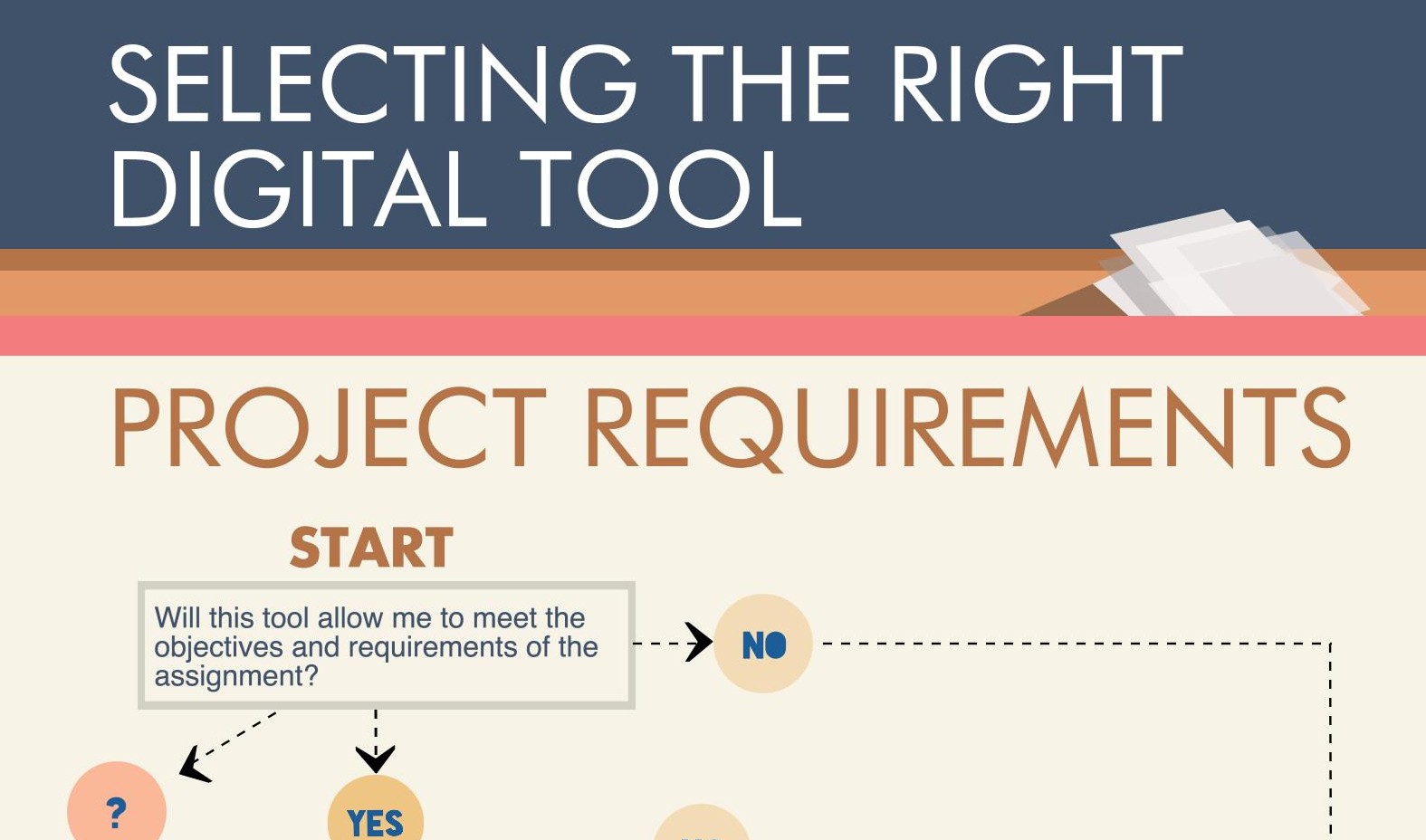Choice can have a significant impact on student learning. It maintains engagement and drives a desire for inquiry. O’Connor and Sharkey (2013) shared in “Establishing Twenty-First-Century Information Fluency” that the performance of students is at its peak when learning is individualized (p. 35). However, in offering student choice of technology, one of my challenges as an educator has been challenging students who tend to repeatedly gravitate towards the same digital tools. My direct instruction has encouraged students to use various new tools, however this approach is seemingly unsustainable. Instead, students can be guided to find their own digital tools, as outlined in ISTE 3, which is the focus this week’s post. I also encourage you to check out past two posts, exploring ISTE 1 and 2. ISTE 3 states that students should be able to evaluate and select digital tools based on the appropriateness to specific tasks. This shift towards individualized and student-driven learning is reiterated in 21st century skills, which states that a students should be able to judge the effectiveness and impact of various technologies. The Common Core Standards also outline that students should be able to critically navigate and evaluate media. This type of information fluency is a key component of cultivating early adopters of innovative technologies.
As educators we can “innovate pedagogically to help students develop a high level of aptitude to interact fluently with both information and technology” (O’Connor, L., & Sharkey, J., 2013, p. 33). Our ability to innovate might at times be aided by the digital tools we chose to implement. Unfortunately, I have often assumed that quality instruction requires the mastery of digital tools prior to sharing it with my students. While technological aptitude is a necessary part of being an educator, innovation in the classroom comes in the form of allowing student-driven evaluation and choice (Dooley, 1999, p.38). A student’s ability to discriminate between useful and useless resources is also a necessary career skill. And, as Bates (n.d.) writes about in Teaching in the Digital Age, learning by doing allows for reflection, understanding, and experience. We need to give students the opportunity to practice these decision-making skills.
